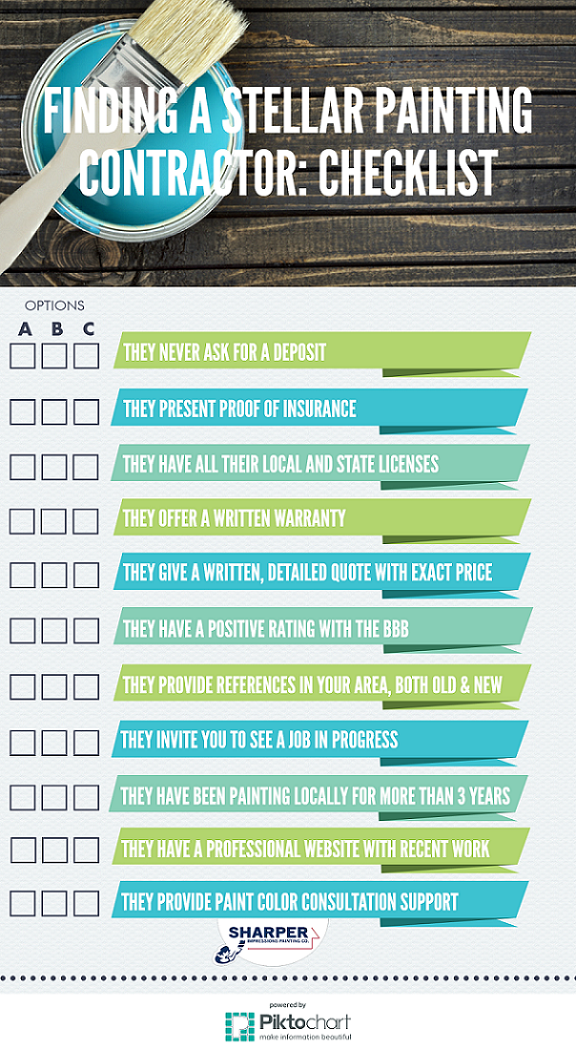Vital Seasonal Aspects Of Commercial Outside Paint: What You Should Recognize
Vital Seasonal Aspects Of Commercial Outside Paint: What You Should Recognize
Blog Article
Article Produced By-Regan Celik
When you're preparing a commercial exterior painting task, seasonal aspects can make or damage your results. You'll want to consider how temperature and moisture impact paint application and drying times. Picking residential painters can guarantee your paint adheres correctly and lasts longer. However which periods are really the most effective for this sort of work? Allow's explore the crucial elements that can influence your task's success.
The Impact of Temperature Level on Paint Application
When you're preparing a commercial outside paint job, the temperature level can dramatically influence how well the paint sticks and dries out.
Preferably, you wish to repaint when temperatures vary between 50 ° F and 85 ° F. If it's too cool, the paint may not cure appropriately, leading to concerns like peeling off or cracking.
On local house painting companies , if it's too warm, the paint can dry also swiftly, avoiding correct bond and resulting in an unequal finish.
You must likewise consider the moment of day; early morning or late afternoon provides cooler temperatures, which can be much more beneficial.
Always check the producer's suggestions for the particular paint you're making use of, as they typically give assistance on the perfect temperature variety for optimal outcomes.
Humidity and Its Result on Drying Times
Temperature level isn't the only environmental element that affects your industrial outside paint job; moisture plays a substantial role also. High moisture levels can decrease drying out times drastically, impacting the general top quality of your paint task.
When the air is filled with moisture, the paint takes longer to cure, which can lead to issues like poor adhesion and a greater risk of mildew development. If you're repainting on an especially damp day, be gotten ready for extended wait times between layers.
It's important to monitor neighborhood climate condition and strategy accordingly. Ideally, go for moisture levels in between 40% and 70% for ideal drying.
Keeping these factors in mind ensures your job remains on track and provides an enduring surface.
Best Seasons for Commercial Outside Painting Projects
What's the best season for your commercial external paint projects?
Spring and early fall are commonly your best choices. During these seasons, temperatures are moderate, and moisture levels are often reduced, developing optimal conditions for paint application and drying.
Avoid summer's intense heat, which can cause paint to completely dry too swiftly, causing bad bond and surface. Similarly, winter season's cool temperatures can prevent appropriate drying out and curing, risking the longevity of your paint work.
Go for days with temperatures between 50 ° F and 85 ° F for optimum outcomes. Remember to examine the neighborhood weather report for rainfall, as wet conditions can destroy your job.
Preparation around these elements ensures your painting task runs efficiently and lasts longer.
Verdict
Finally, intending your business external paint tasks around seasonal factors to consider can make a significant difference in the end result. By organizing work during the suitable temperatures and moisture degrees, you'll make certain much better attachment and drying out times. Keep in mind to keep an eye on regional weather forecasts and pick the correct time of year-- spring and early loss are your best options. Taking these actions will help you achieve a sturdy and expert coating that lasts.
